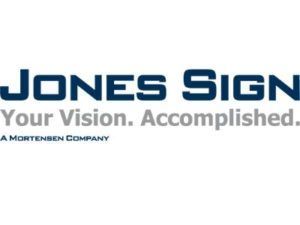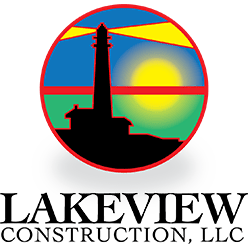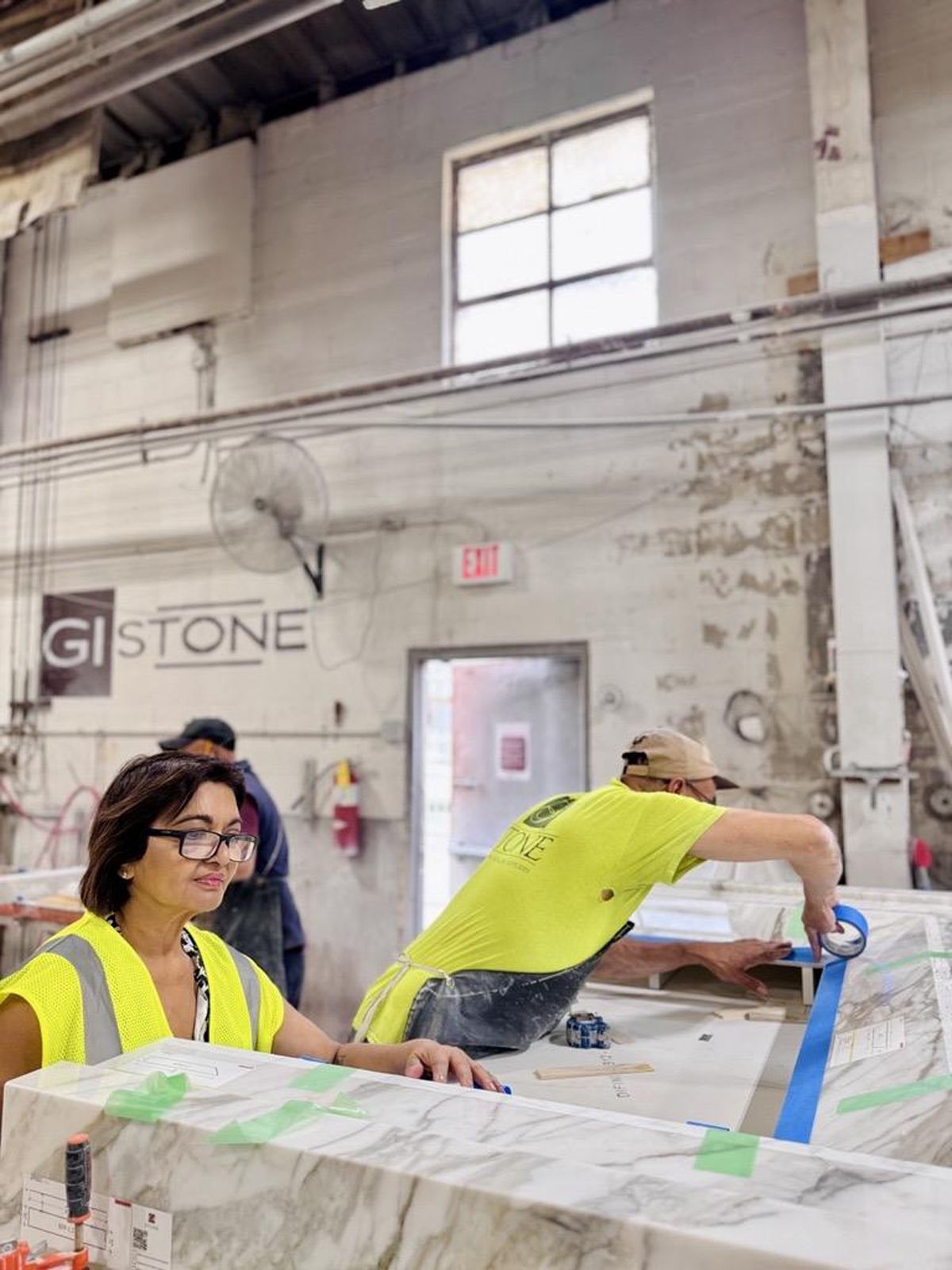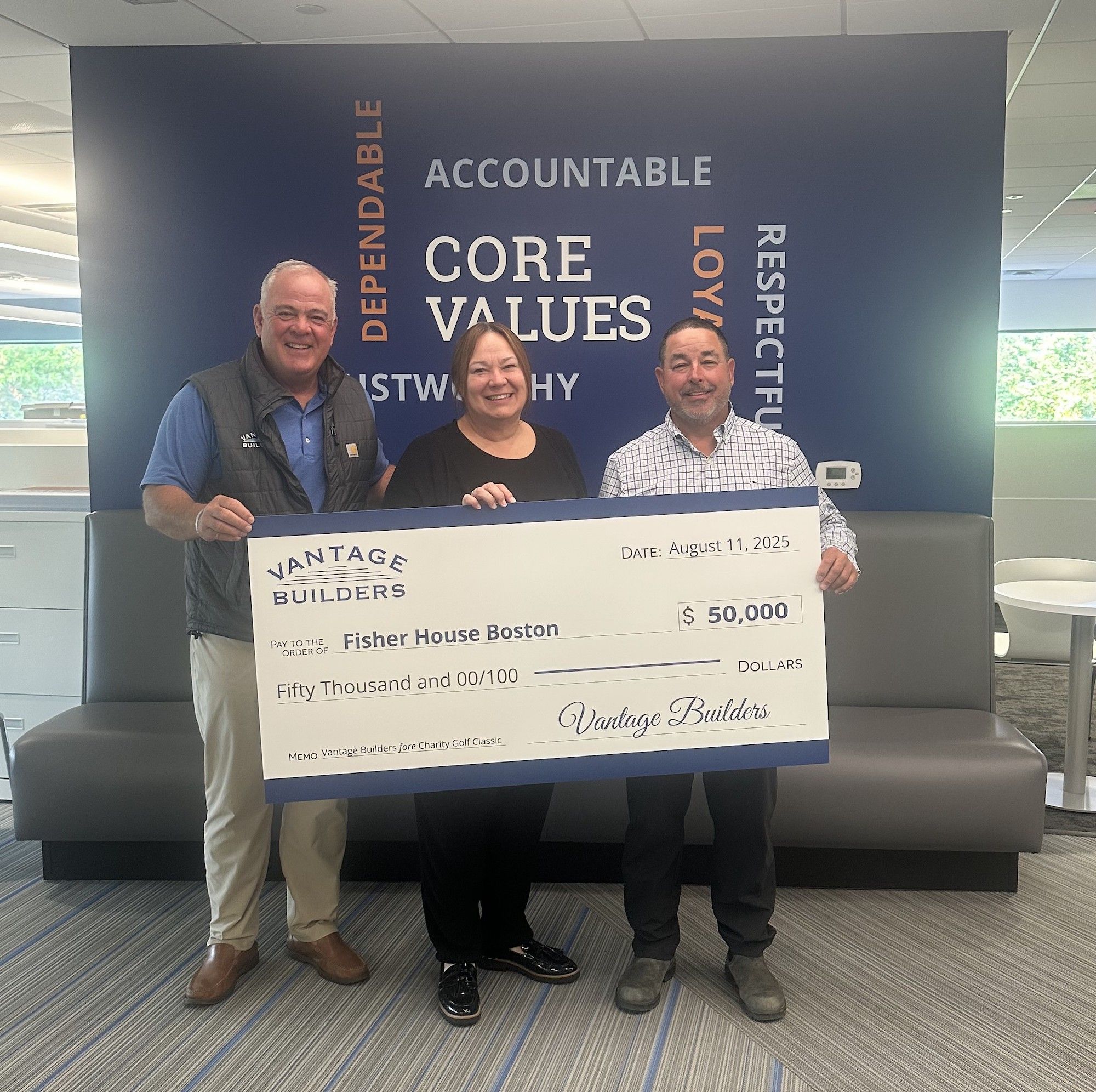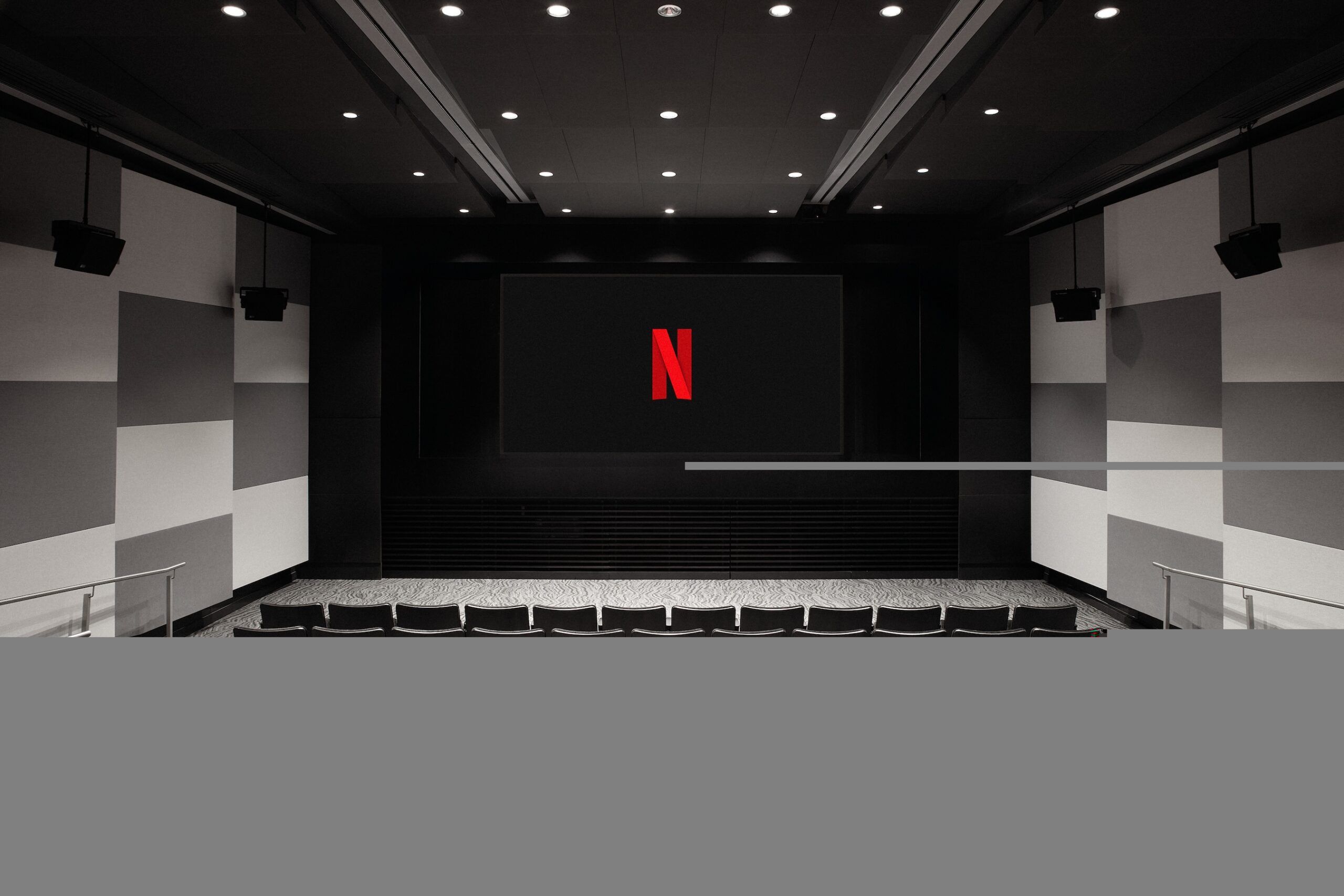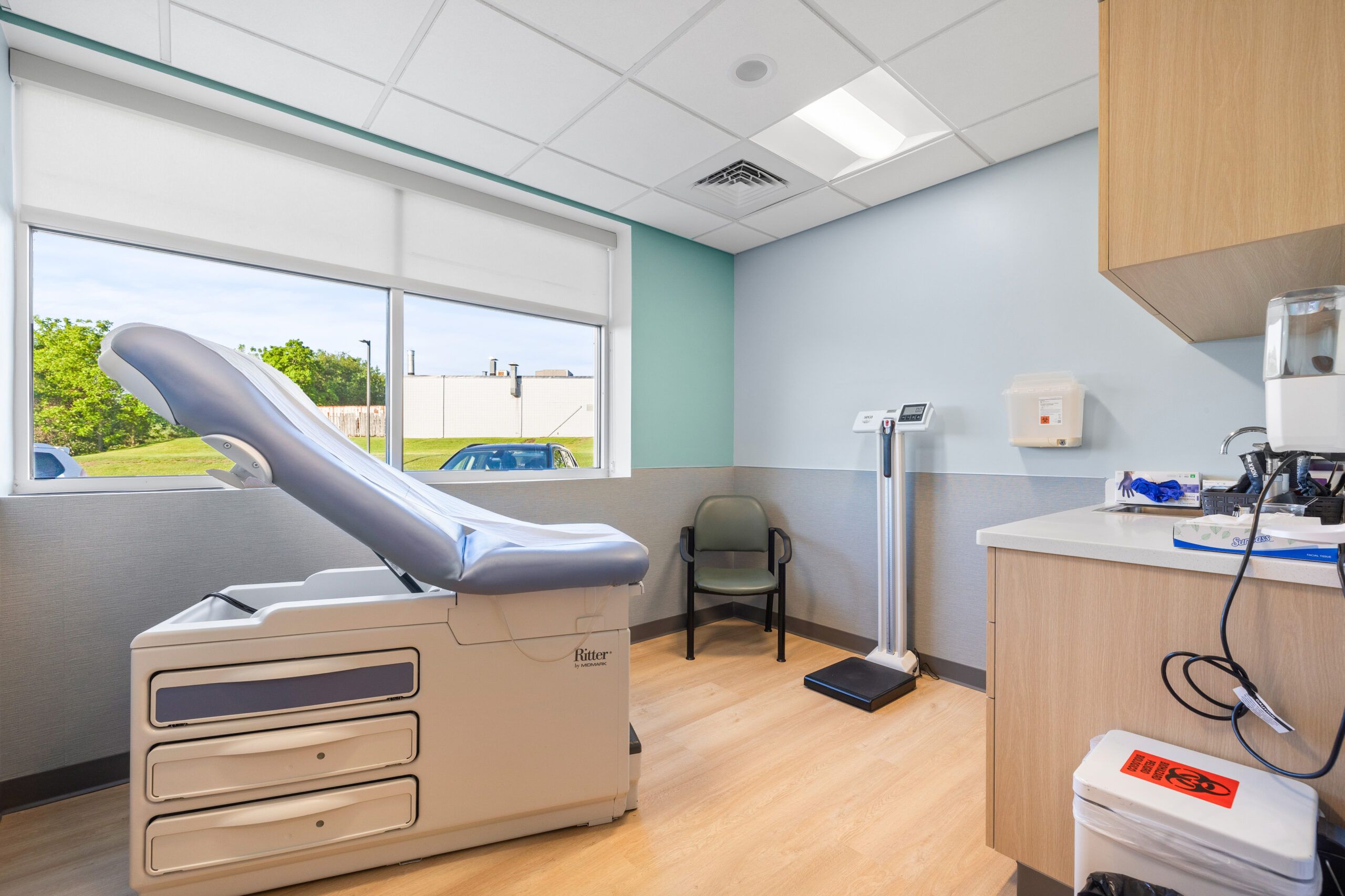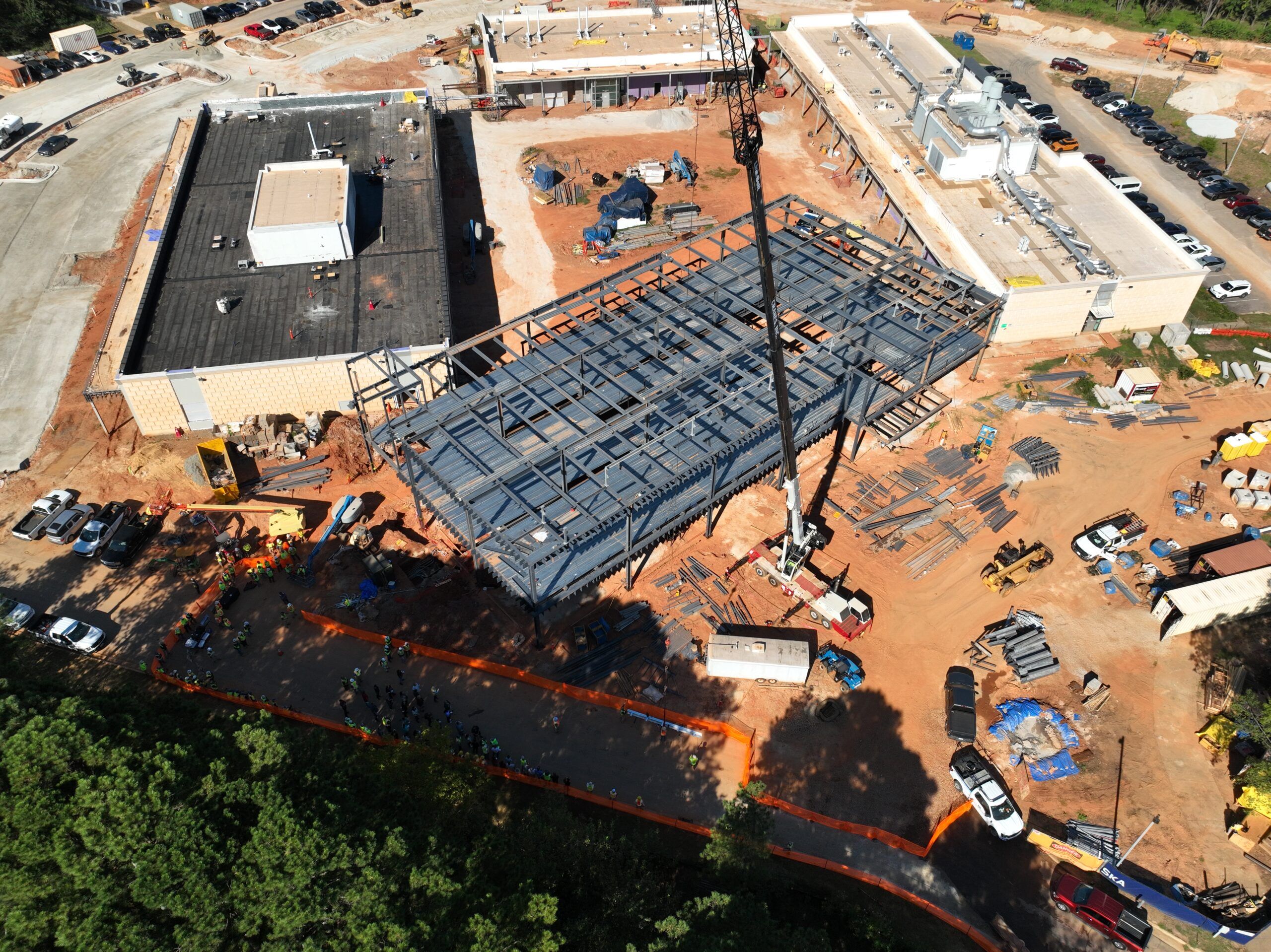In the heart of the industry’s competitive construction scene, Sandya Dandamudi is quietly reshaping what leadership looks like in the stone industry. As President of GI Stone, she’s a second-generation owner guiding one of the industry’s leading stone fabrication and installation firms.
Under her leadership, the company has delivered high-profile work for clients like Related Midwest, JDL Development, Hines and Magellan Development Group, leaving its mark on scores of iconic residential, office, hospitality and healthcare projects.
Dandamudi’s deep knowledge of materials, paired with her clear-eyed project vision, continues to help architects and developers realize bold, beautiful outcomes. With a team of nearly 50 employees, including 20 union tradespeople, she’s grown GI Stone from a small family business into one of the largest employers in their trade.
A biochemistry major turned ethnographer turned entrepreneur, Dandamudi never expected to follow in her mother’s design footsteps. But today, her vision is helping shape GI Stone’s path forward. We sat down with her to find out the journey behind her leadership, the challenges of navigating a male-dominated field, and what it takes to build with both resilience and heart.
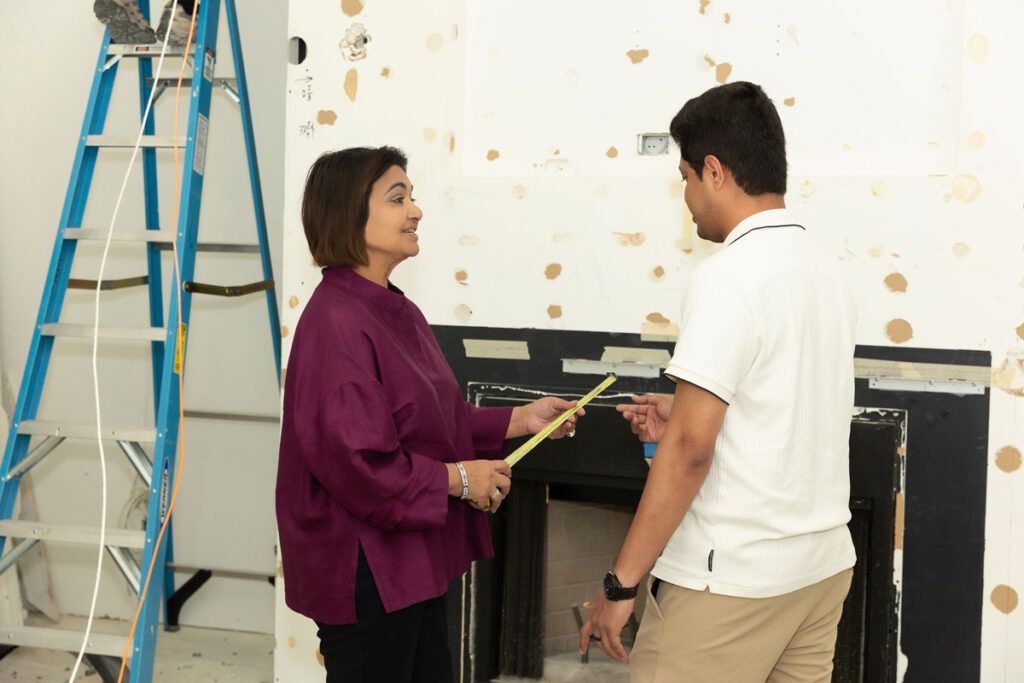 Tell us a little about yourself. What is your industry story?
Tell us a little about yourself. What is your industry story?
When I was a young girl, I dreamed of being a Rockstar. My heroes were George Harrison, Robert Plant and Neil Young. But as I grew older, school became my focus. After earning a degree in Biochemistry, I shifted gears and completed an MA in Cross-Cultural Communication. I began working in marketing-focused roles until an opportunity arose to work with my mother, Rani Dandamudi, who had run an interior design firm for 30 years and founded GI Stone.
What was supposed to be a brief stop turned into a lifelong passion. I never thought I would follow in her footsteps, but I fell in love with the industry. It offered the perfect chance to blend my analytical skills with my eye for style, fashion and design. And in a full-circle moment, I realized I did end up becoming a Rockstar.
What inspired you to establish your company? How has your founding mission evolved over time?
My mother launched GI Stone 30 years ago this year. Initially, our work focused on small commercial real estate projects, but over time, we expanded into large multifamily developments, hotels, and office buildings, especially in the high-end segment. While we occasionally took on residential jobs as favors or opportunities, we often turned them down, viewing them as missed opportunities.
Last year, it finally felt like the right moment to officially launch our luxury residential division. Given our extensive project portfolio, primarily built through word-of-mouth, I often wonder why we didn’t do it sooner. Working with commercial clients is rewarding, but there’s a particular joy in hearing directly from homeowners about how we helped realize their vision.
Describe the signature style or characteristics that define your residential projects.
I believe our style, like stone, is timeless. We work closely with private clients and their design teams to bring their dreams to life, guided by three decades of experience. We’re known for designing bespoke features that defy fleeting trends—fireplace mantels, flooring, integrated countertops, and backsplashes in kitchens and bathrooms.
I am a strong believer in the adage “form follows function.” When working with stone and related materials, we shape them into practical, durable, and timeless features that will stand the test of time.
What types of residential projects do you specialize in? What market segment do you primarily serve?
Many private clients first discovered us through luxury condominium projects such as Tribune Tower Residences, No. 9 Walton, and One Bennett Park. We also handled sourcing, fabrication, and installation for dozens of Class A rental towers. These large-scale projects showcased our capabilities, prompting discerning families—primarily in affluent Chicago neighborhoods and upscale suburbs, often with second homes in the Midwest—to seek our expertise for their personal residences.
Can you share details about your favorite completed project and what made it particularly meaningful or successful?
It’s difficult to pick just one, as each project features bespoke GI Stone creations that hold a special place in my heart. But I often think about a recent residence in Hinsdale, Illinois, that we completed.
The home features several memorable installations: a scullery with a stunning White Macauba quartzite backsplash; a primary bathroom with Rem Dekton flooring, a matching soaking tub, and a vanity—all crafted from the same material; and a striking Albarium Dekton staircase that illuminates the space. These custom details exemplify how bespoke stonework can elevate a home into something extraordinary.
How do you integrate sustainable building practices into your construction process? What specific eco-friendly innovations have you implemented?
Sustainability is central to our operations. In 2016, we hired Sai Uppalapati, who holds a Master of Science in Environmental Technology and Energy from the New York Institute of Technology. Starting as a project coordinator, he was quickly promoted to project manager and most recently, project director. He travels worldwide to ensure quarries treat their workers well and meet our sustainability standards. He has evaluated and implemented technologies to reduce our environmental footprint—such as cutting waste and water consumption. We recycle 95% of the water we use, which keeps our monthly water bills surprisingly low.
What sets your company apart from other residential contractors in your market?
We have decades of experience working on high-volume commercial projects where there is literally almost no room for error, and that also pays off in our design work. For example, many tile companies don’t realize most quarries use different blocks of stone to cut tile and countertops, leading to subtle differences in the stone that mar the overall design.
If one of our clients wants a Calacutta gold countertop and flooring, on the other hand, we insist each job uses stone cut from the same block so there are no inconsistencies. That’s just one example.
There’s nothing more energizing than collaborating with architects, interior designers and homeowners to realize their vision. We approach these partnerships with both confidence and humility.
What emerging trends in residential construction are you most excited about, and how are you incorporating them?
I’m incredibly excited about Dekton, a high-quality sintered material with 0% silica content, is made with over 20 recycled minerals and manufactured in a factory that uses its own solar energy and recycles over 90% of its water – scoring it high marks more than even the most sustainable stone.
The material is not only heat and chip resistant but also available in a wide range of colors, textures and thicknesses, making it extraordinarily versatile from a design perspective. I’ve also been happy to see many of our private clients push boundaries and become more adventurous, opting for onyx and quartzite installations that can be illuminated from within and using stone in more unusual ways, such as cladding cabinetry and staircases.
How do you approach collaboration with architects, designers and other professionals during your projects?
There’s nothing more energizing than collaborating with architects, interior designers and homeowners to realize their vision. We approach these partnerships with both confidence and humility.
I’m not shy about asserting my expertise when a client request isn’t feasible, but my team has decades of experience bringing seemingly impossible designs to fruition. On the other hand, there’s always something new to learn, which keeps things fresh and interesting year after year.
What values drive your day-to-day operations? How do these translate into the final homes you deliver?
We prioritize people above all else. I pair new employees with seasoned team members like our project director, Sai Uppalapati, for the first year to ensure their success. I also believe strongly in lowering barriers for people from underserved backgrounds, regardless of race, gender, or sexual orientation.
While DEI (Diversity, Equity and Inclusion) has been a topic of debate in some CRE firms, I believe having a diverse workforce brings fresh ideas and innovative ways of doing things. Our differences make us a more creative and effective team. Our drive for excellence, combined with humility and openness to new ideas, results in the stunning projects we deliver.
What are your goals for your company’s growth and impact on the residential construction industry?
I’ve been extraordinarily pleased with the success of GI Stone’s luxury residential division. I am confident that our approach and commitment to excellence will inspire our partners—and possibly even our competitors—to meet the same high standards.
Can you tell us more about your safety initiatives?
Safety is my top priority. I am continually evaluating new technologies to protect our team. For example, to guard against silicosis—a deadly lung disease caused by inhaling silica dust during cutting or sanding—I invested in an air monitoring system that activates exhaust when silica levels become too high. Masks should be a last resort.
We also invested in a vacuum system that allows a single worker to move and lift heavy slabs, minimizing the risk of back injuries. Last year, OSHA sent a team to inspect our workshop at our invitation and gave us high marks for our safety efforts.
How do you balance client design preferences with structural integrity and building code requirements?
After 30 years working with CRE companies, we’ve learned how to bring seemingly impossible designs to life—ensuring they are both structurally sound and code-compliant. Often, it just takes creativity and vision. Our commercial experience plays a big role here: everything on a commercial site involves a rigorous submittal process, and all our installers are union-trained and highly skilled.
Our project managers are often engineers or architects. For example, we once redid the Ritz Carlton lobby. The designer wanted large stone slabs for the floor, but the building couldn’t support the weight or thickness. We adapted by fabricating the same material into 1/16th-inch-thick sheets and installing them on 1/8-inch porcelain layers, making the floor lighter and more cost-effective. The result is still flawless and the floor remains perfect after eight years.
Talk about opening an office in Nashville. What are your goals for U.S. expansion?
We recently completed the Aspire Midtown multifamily project and a sales center for a high-end hotel and condominium development in Nashville. We’re also bidding on several other projects there. Nashville has been very welcoming and we plan to open an office there—though cautiously.
We’ve seen a significant demand, not only for our services but also for Chicago subcontractors, who are viewed very favorably in other markets. We know how to build in Chicago and we intend to expand carefully where demand exists. Currently, we’re expanding in a measured way, focusing on opportunities where our expertise is needed.
What has been your most challenging project to date, and how did overcoming those challenges shape your approach to construction?
With decades in business, our experience reflects the challenges we’ve faced. For example, during the Northwestern Parking Garage project, we endured a 40-day snowstorm, which reduced our efficiency by 40%. Simultaneously, the limestone quarry we relied on filed for Chapter 11.
Another challenge involved a hospital lobby where the specified stone began developing haze on the corners—a result of poor inspection by the vendor. Most difficult projects tend to involve uncooperative vendors or poorly specified materials. We have learned to be very cautious: I always tour vendor facilities and send inspectors before working with them, as many dislike this scrutiny—they see it as us trying to take over their supply chain. In any business, there’s a darker side, but transparency and diligence help us navigate these issues.
What trends are you seeing in the residential construction market today? How are they shaping the industry?
Currently I see the return to very high end natural stone—the industry has evolved and there are now new ways of cutting and protecting natural stone that we could not do before.
Simultaneously, we are also seeing more innovative manmade materials in the market. But one very welcome trend is now that clients are very interested in creating a home that not only addresses their need for more aesthetic spaces, given the rise of remote working but also a home that will create their memories and not just resale value.
 One-on-One with… GI Stone’s Sandya Dandamudi
One-on-One with… GI Stone’s Sandya Dandamudi
Describe a typical day.
My day usually begins early, around 5 or 6 in the morning. While I’m not working from the beach, I often start my day working from bed (WFB) checking emails, responding to messages, and making a detailed to-do list for the day ahead. I have a real love-hate relationship with my phone; it keeps me connected and organized, but sometimes I wish I could just throw it out the window.
Despite the digital distractions, I find that starting the day with a few quiet hours helps me set a focused tone. As the morning progresses, I shift to more active tasks—reviewing ongoing projects, coordinating with my team, and strategizing for upcoming initiatives. I also set aside time for reflection, ensuring that I stay aligned with our company’s goals and ambitions.
While I try to minimize attending too many “networking” events—our industry does have many events that focus on new trends and panels with industry experts—always learn something from my peers and colleagues.
What’s the biggest item on your to-do list?
My biggest items on my to-do list tend to be to keep up a communication flow—I am fortunate to have a great team, so I do not have to be micromanaging—but I want everyone—clients, vendors and my team to know that I am present.
What’s the most rewarding part of your job?
The most rewarding part of my job is still the same from when I started—seeing a completed project and knowing we played a significant role in someone’s personal space
What was the best advice you ever received?
The best advice I have ever received that directly pertains to my job is that no matter what the start date is, the end date never changes.
What’s the best thing a client ever said to you?
A client’s child once told me that she loves her bathroom and it was “awesome.” Fifteen years later she is now my client. And she still uses the word “awesome.”





